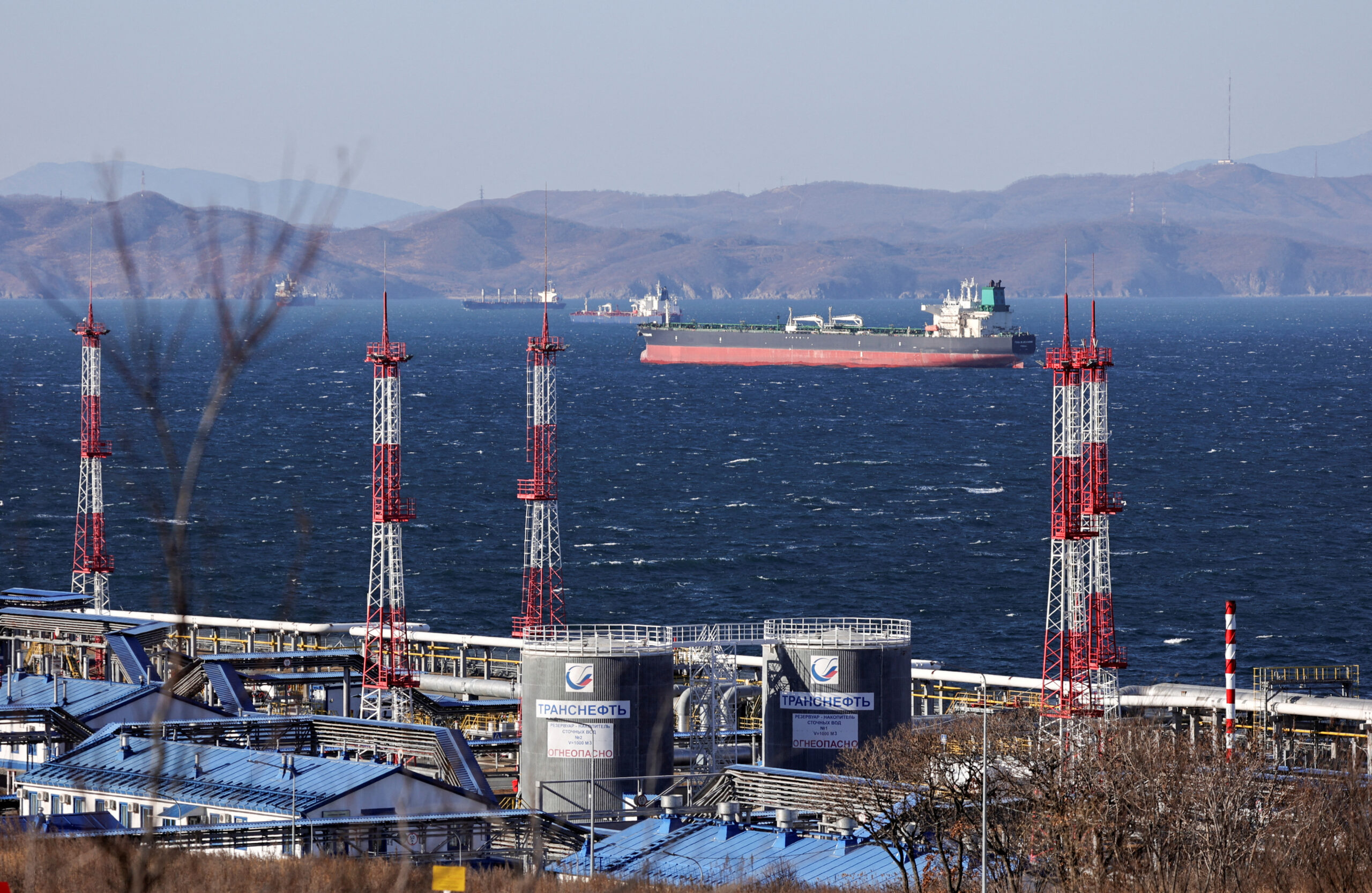Michael Folsom,
The St. Lawrence Seaway Management Corporation (SLSMC) has remained committed to negotiating with the Canada-based union, Unifor, representing more than 350 St. Lawrence Seaway workers, but as of early Saturday morning, an agreement between the parties looked bleak.
A fair wage agreement has been sought by SLSMC while the union continues to seek wage increases patterned after the recent automotive industry negotiations.
The SLSMC says the current situation at the Seaway is vastly different than the automotive industry. In spite of the recent increases in inflation, Seaway workers over the past 20 years have negotiated salaries that the SLSMC identifies as being almost 10% ahead of inflation.
“We, at the Seaway, are very concerned with the current situation and the effect it is having on our users, stakeholders and the people awaiting these essential cargoes”, stated Terence Bowles, SLSMC President and CEO. “As the clock ticks down to the potential start of a strike, we are working to ensure all vessels are able to safely exit the waterway or reach their destination within the system, at the same time as we are at the table trying to arrive at a labor agreement that is fair to the Corporation and its employees.”
On Thursday, and again on Friday, union representatives said negotiations were “1000 nautical miles apart on wages.”
“Unifor is committed to getting a collective agreement but at this moment the employer is not,” said Lana Payne, Unifor National President. “We are staring down a strike deadline and it’s time for St. Lawrence Seaway Management Corporation to get serious.”
Negotiations began back in June after the contract expired on March 31. A second round of discussions too place in September before parties returned to the table earlier this week.
“It’s really up to the employer at this point to seal this deal and avoid any transit disruption,” said Daniel Cloutier, Unifor Quebec Director. “These are jobs that require intense training, a high level of understanding of the health and safety risks, and that carry enormous responsibility for the wellbeing of seafarers and their cargo. They are irreplaceable.”
As of Saturday morning, there were approximately 36 vessels remaining to exit the system, of which 22 are upbound and 14 are downbound, and 70 vessels are waiting outside the system. In light of the 72-hour strike notice, the SLSMC has maintained constant communication with the marine industry, while initiating the necessary measures for a safe and well-organized shutdown, which includes establishing cut-off times for vessels to safely exit the Seaway system before the strike could take effect at 00:01 on October 22.
The union workers of the St. Lawrence Seaway Management Corporation (SLSMC) play a major role in the operations of 13 locks along the St. Lawrence Seaway, a vital throughfare from the Atlantic Ocean to the upper Great Lakes. Aside from the 13 Canadian locks, the United States operates 2 locks on the Seaway, both in Massena, NY, which would also be forced to shutdown since no ship traffic would be able to reach that point on the waterway. The Great Lakes St. Lawrence Seaway Development Corporation (GLS), part of the US Department of Transportation, has not formally commented. On Friday, Transportation Secretary Pete Buttigieg shared on social media, “our team is monitoring the potential of a Canadian worker strike in the Great Lakes St. Lawrence Seaway and has notified cargo operators about potential impacts to shipments along the Seaway.”
The strike potential comes at the most inopportune time for the agriculture industry.
John Taylor of Collwest Grain in Collingwood, Ontario said the impact of a strike “could be huge, we are in the middle of harvest and ship a lot of grain through the Port of Hamilton.”
At US-based Port of Oswego in Oswego, NY, Executive Director William Scriber said “the strike will adversely be affecting our shipping including aluminum and grain shipments to and from the port.”
The binational St. Lawrence Seaway’s 15 locks (13 Canadian and 2 American) serve as the linchpin within the broader waterway, connecting the lower St. Lawrence River to the Great Lakes, enabling ships to transit between Montreal and Lake Erie, a difference in elevation of more than 550 feet (168 meters). Over 200 million tons of cargo travel on the waterway on an annual basis.
Michael Folsom is creator of the Seaway Ship Watchers Network and Downbound Discussions Podcast.

 Join The Club
Join The Club











